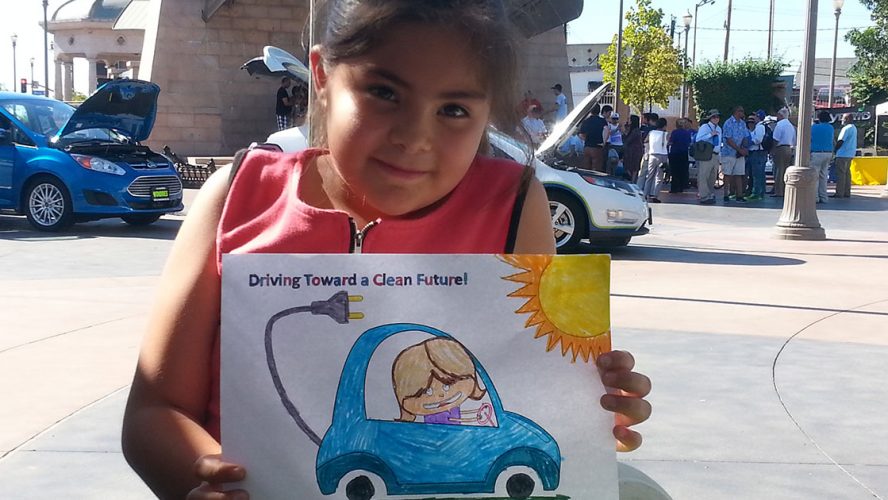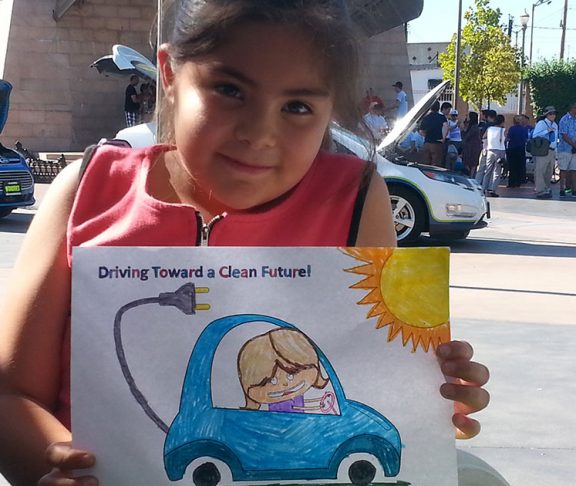As new developments in transportation promise greater efficiency and a more sustainable future, ensuring lower-income communities don’t get left behind is vital.
Transportation accounts for 30 percent of the nation’s greenhouse gas emissions, according to the EPA, and has emerged as a critical factor in economic mobility. This link is the target of recent strategic grants by The 11th Hour Project, a program of the Schmidt Family Foundation committed to promoting renewable energy options.
“There won’t be any single, one-size-fits-all solution when it comes to transportation,” says Jamie Dean, director of The 11th Hour Project’s renewable energy and mobility program. “We need to look at the entire system, especially the communities impacted daily by a lack of transportation options.”
Transit and equity
Transportation is poised for a paradigm shift, according to research from the 3 Revolutions Policy Initiative at University of California Davis. Developments in car electrification, automation and ride sharing will change transportation as we know it.
“Automated, on-demand vehicles will likely replace traditional fixed-route services in all but the highest-volume corridors,” explains Daniel Sperling, Ph.D., director of the UC Davis Institute of Transportation Studies.
Low-income communities have the most to lose — or gain — from these developments, as they already suffer from a lack of access to good, affordable transportation options. As the transportation revolution takes hold, their needs will have to be front and center.
Community-based solutions
Successful, community-based solutions are already present in rural farming communities of the San Joaquin Valley, where retired farmworkers known as “raiteros” have been sharing rides in their communities for many years.
“It’s a model that has existed. It’s been sustainable,” says Rey Leon, mayor of Huron, a town in the valley that runs the Green Raiteros program, a public expansion of this organic ride-sharing phenomenon using green vehicles, funded by The 11th Hour project and others. “What we’re doing is formalizing it, greening it up.”
Green Raiteros is just one example of how community-driven solutions can address gaps within our transportation system in a cost-effective manner, while implementing creative, sustainable transportation solutions for all.
Dash Lunde, [email protected]


